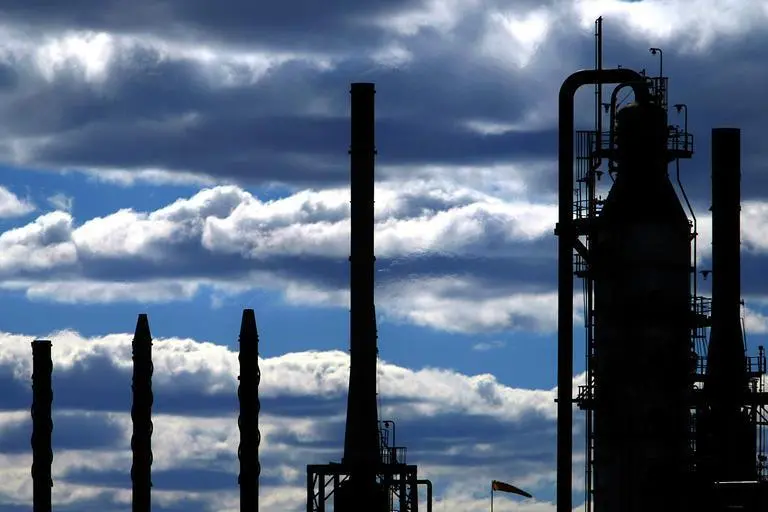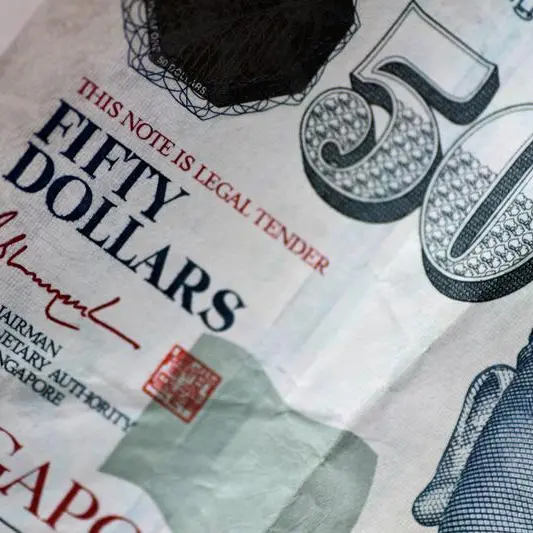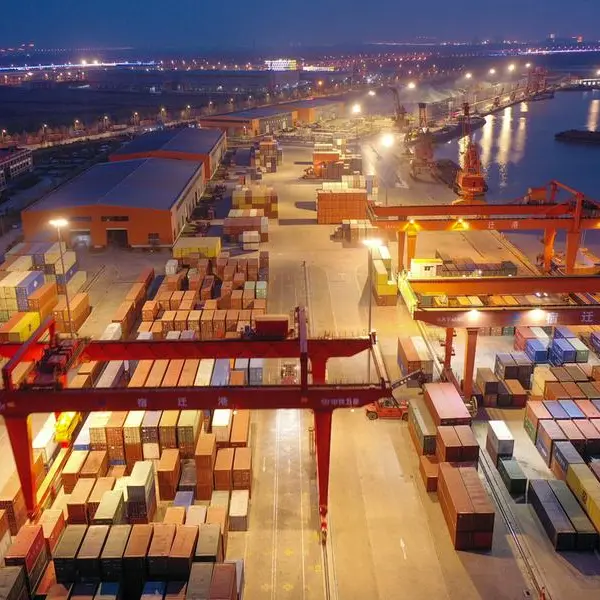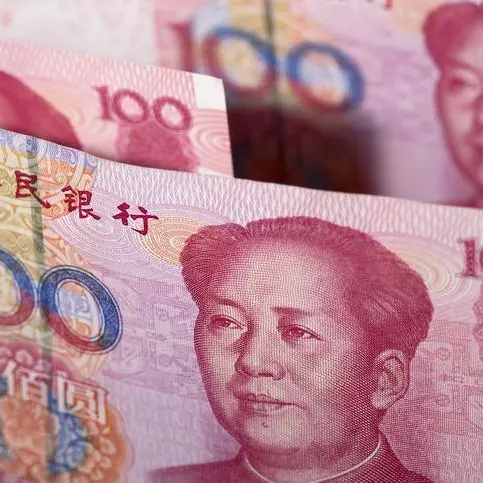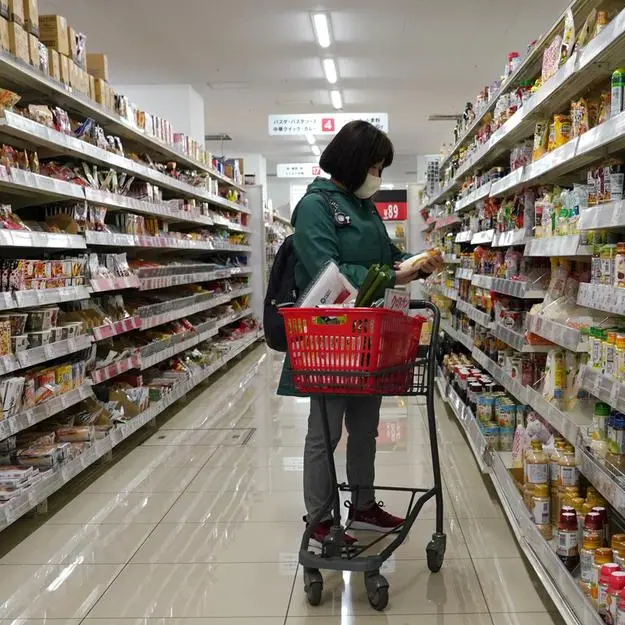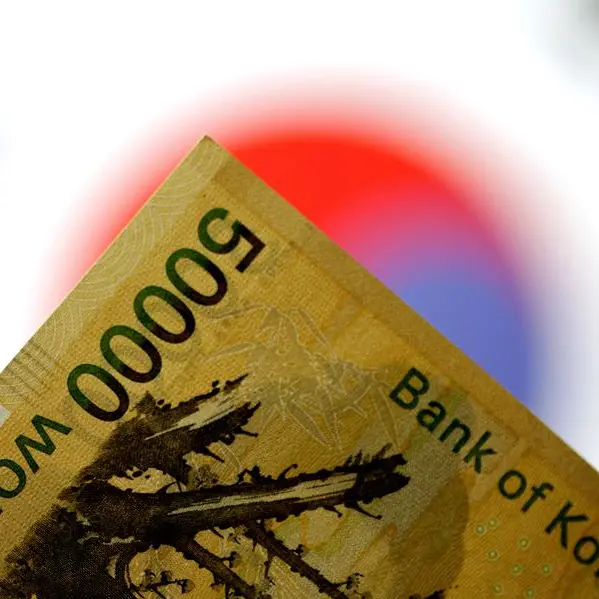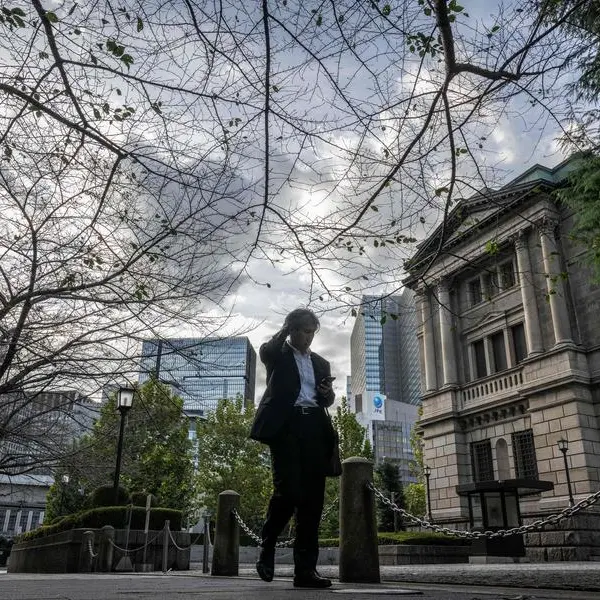PHOTO
Australia's energy producers endorsed a government strategy to boost natural gas development, but warned the country still faces new gas supply shortfalls this decade while markets remain volatile due to global conflicts.
Meg O'Neill, chair of the Australian Energy Producers, said the group welcomed the Future Gas Strategy released by the government earlier this month, which highlighted that new gas sources will be needed to meet both domestic and export demand during the energy transition.
This comes amid volatility in the oil and gas market due to the conflicts in Ukraine and the Middle East, according to a copy of a speech she is due to give at an Australian gas industry conference in Perth on Tuesday.
"This is a challenge Australia faces this decade. As the Future Gas Strategy points out, without action, the east coast of Australia faces projected shortfalls by 2028 and the west coast by 2030," O'Neill says in the speech, adding that this could increase volatility and drive up prices for households and businesses.
"The best solution to a shortage is always supply, supply, supply... And we welcome acknowledgment in the Strategy that we'll need the right regulatory settings to do so."
The Future Gas Strategy from Australia, last year's second largest exporter of liquefied natural gas (LNG), came after the government faced criticism for its range of short-term measures to boost domestic gas supply and lower soaring energy prices, such as price caps and export limits from the country's three east coast projects.
The measures prompted concern from the industry that they would hurt long-term energy investments.
Australia produces more gas than it needs to meet its domestic demands, but most supply is contracted for export. The country shipped out 80.9 million metric tons of LNG in 2023, according to data and analytics group Kpler.
Its biggest customers are China, Japan and South Korea, which are also the world's top three importers of the super-chilled fuel.
Australia's energy market operator, however, said in March that the country's southeast region faces the risk of gas shortages during next year's winter months as demand may exceed supply, and called for urgent new investment to prevent any potential shortfall. (Reporting by Emily Chow; Editing by Susan Fenton)
